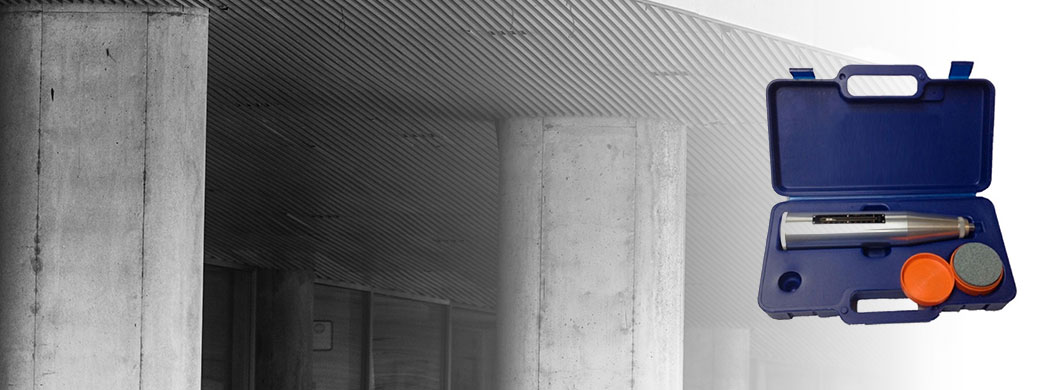How To Test Concrete That’s Already In Place
May 14, 2019

Concrete strength testing is an essential part of the construction process, allowing you to ensure that your structure will stand the test of time. However, some concrete strength tests are destructive, such as the compression test on concrete cores and the pull-out test, which involves crushing and damaging concrete. Luckily, there are several testing methods that are far less destructive without sacrificing accuracy.
Maturity Testing
Maturity testing, performed with concrete cure time equipment, measures the time it takes for concrete to cure at the location of a structure. A sensor is placed in the fresh concrete and takes temperature readings at specified intervals. Time and temperature readings are then combined to create a “maturity number” that can then estimate the compressive strength of concrete at the structure’s actual location.
The biggest benefit of the ASTM C1074 maturity testing method is that the estimations it provides are much better than laboratory or even field-cured specimens. It can also help to determine which sections of concrete will have the highest and lowest strengths because of inconsistencies in temperature, which can be caused by exposure to shade or direct sunlight. Overall, this method allows you to perform non-destructive testing of concrete while also saving time and money, since the concrete can be tested on-site without the need for lab testing.
Schmidt Rebound Hammer Test
The convenience and simplicity of the rebound hammer test have made it one of the most popular forms of solid state concrete testing. Concrete test hammers measure the elastic strength of concrete or rock for surface hardness and penetration resistance. It does so by measuring the the mass of a spring driven hammer’s rebound after its impact with concrete.
While this particular concrete strength test is subjective due to factors like the presence of rebar or subsurface voids, the concrete test hammer has proven to give reliable, non-destructive measurements.
Ultrasonic Pulse Velocity (UPV) Testing
The UPV testing method helps with quality control by measuring the travel time of acoustic waves through the medium (concrete). The ultrasonic pulses can detect a host of issues within the concrete, such as cracking, voids, and delaminations, while also providing a basis for strength estimation. This test is performed using equipment such as the V-Meter Mk IV Pulse Velocity Meter Complete Set.
Like the rebound hammer, this method can be affected by the presence of rebar. Nevertheless, UPV is an exciting advance in concrete strength testing and, when combined with a rebound hammer, it can produce even more comprehensive results.
Choose Your Method
Please browse our full selection of non-destructive concrete testing equipment and accompanying accessories. If you need additional help deciding which method is right for you, send us an email or give us a call at (800) 940-1928. Certified Material Testing Products customer service associates are highly knowledgeable and ready to help you find the best method for your needs.

